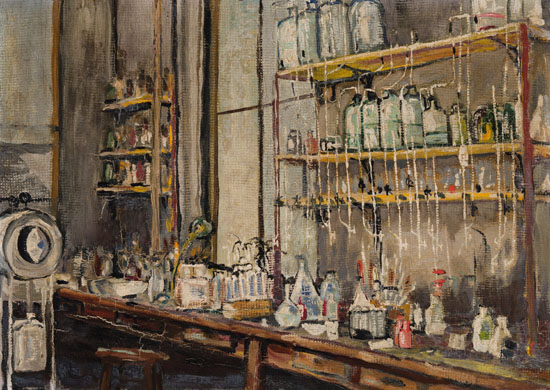
Fall art auction week in Toronto is just past. The biggest is run by Heffel Fine Art Auction. The results for the two Heffel auctions illustrate the challenge of determining fair market value in art. The auction catalogue listed a number of estates and charitable foundation as consignors. Clearly art valuation issues affect estate planning.
Heffel offered 135 lots of mostly Canadian paintings roughly divided into pre-World War II and post-WWII sessions. The hammer price of all lots totaled $19 million. This is approximately $23 million when the auction house premium is factored in.
What’s interesting is the auction house price predictions or estimates. Only 31% of the hammer prices were in the estimate range, while 29% were under estimate. And 12% of the lots were passed, which means minimal interest and no sale.
The top performers are always the most entertaining. Just over 30% of the lots went for more than estimate and some spectacularly so. A painting by Sir Frederick Banting went for $312,000 (premium included), which was 10 times the high estimate. The Nobel Laureate and co-discoverer of Insulin was an amateur painter of blurry landscapes loved by the medical profession. This late night sketch of Banting’s lab inspired a bidding frenzy by art-loving Canadian history buffs.
There are a few lessons on value that can be applied to estate planning and administration.
- Art valuation is an inexact science. Price depends on the artist, the period, the work, the condition, the provenance, exhibition history, scholarship and narrative. It also depends on who is bidding at the moment of sale.
- There are different types of art valuation approaches that can be used in estate administration. Often valuators use a low-range estimate for the date-of-death value. This reduces the value of the estates with significant art and the capital gains tax owing.
- Valuations have different degrees of thoroughness and documentation. The estimates in an auction catalogue are based on assessment of the work, experience of the house and market data, but are short on market narrative. Similarly insurance valuations are light on detail, and provide a conservative value. (Afterall, why pay for more insurance than you really need to?) Full valuations that draw on extensive research and comparisons are more likely to be used for donation purposes, although they aren’t always more accurate.
A number of the Heffel auction lots were being sold to “benefit a charitable foundation”. In estates, the art may be donated to the foundation and a tax receipt is issued for fair market value based on a qualified appraisal. The foundation may then sell the work at auction. Even if the estimate is close to the sale price, the estate will be better off if the foundation assumes the transaction costs of the selling the work. The foundation is no worse off. It will receive net proceeds either way.

1 Comment
Jen M
November 29, 2018 - 5:23 pmThanks for this article. Can you provide some direction as to how estate administrators go about finding an appropriate person to value art in a private collection that CRA would find acceptable in order to determine the applicable capital gain upon deemed disposition (let’s assume that the art is passed on to a family member rather than a charity). Should multiple valuations be obtained, or are there CRA accredited evaluators or methods for determining the disposition value? We have a family member that has an art collection of minor but professional Canadian artists and this is something we are concerned about.